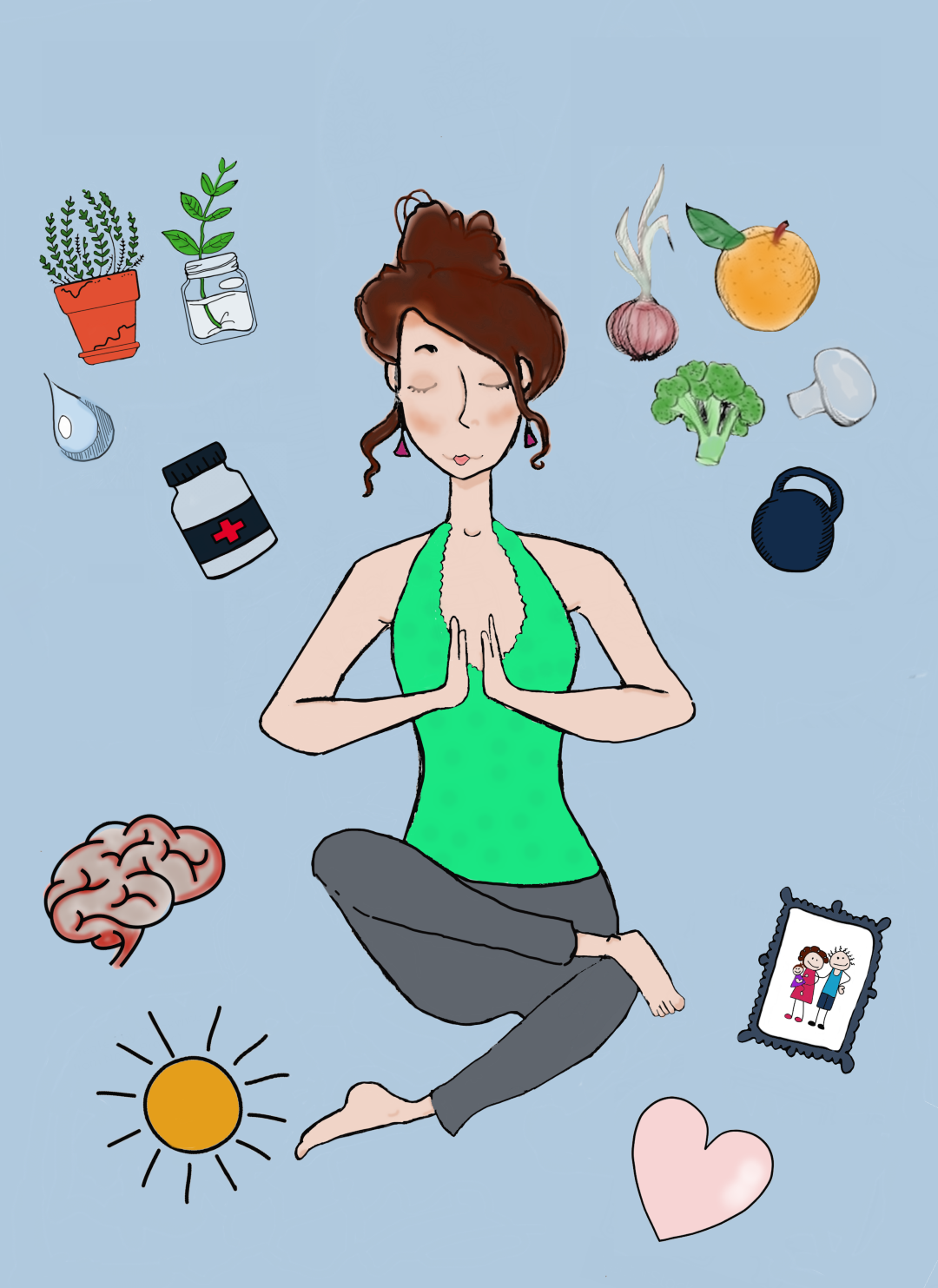
Winning and other such nonsense from a costume competition veteran
By Brittney MacDonald, Staff Writer
Halloween is just around the corner, and with it comes the bragging rights of having an amazing costume. But what if you want more than that? What if you want that cash prize from your favourite bar or club? Making costumes that are competition-ready is no easy feat, but making yourself competition-ready is even harder.
I have been making costumes and modelling my creations for conventions and photo shoots for over seven years, but I didn’t bother with competitions until around three years ago. To be honest I was intimidated by the idea of having someone judge my work. As someone who is self-taught, with no real formal training beyond YouTube and a few outdated sewing catalogues, I was always terrified people would think my stuff just wasn’t up to snuff. But I eventually had to get over that, and I applied everything I learned by simply sitting back and listening, and moved on to win several competitions both locally and in the US, resulting in cash, nerdy swag, and gaming consoles.
So now that we’ve established I might have some idea of what I’m talking about, I’ll move on to let you know how you might go about deciding if your costume is competition-ready—whether it’s for a convention or just a Halloween club crawl.
Before you consider entering even the most basic competition, you have to know that anything store-bought just isn’t going to do it. You might think it’ll work for that $100 the bar is offering, but if you go up there next to someone that has hand made what they’re wearing I can say nine times out of 10, you’re going to lose. I don’t mean you have to be an expert sewer, and make everything from scratch. What I’m saying is if you can’t sew, look into modification. Find pieces you can dye, repurpose or alter so that you can honestly say you made what you’re wearing up on that stage—or bar top, depending on where you are.
This is slightly different if you intend to go into a serious competition, of course. Competitions offering large cash prizes attract all those Holly Hobbies that took the full four years of Home Economics in high school and maybe even a fashion or textiles course in post-secondary. So if you’re planning to look into that, you will have to step your game up, and possibly both sew and pattern your own costume instead of relying on second-hand stores and the recesses of your closet.
If you don’t sew, then don’t fret. Thanks to shows like Heroes of Cosplay and Face Off, plenty of companies online offer alternative materials that you will simply have to learn to manipulate. Stuff like L200 foam, Wonderflex, Worbla, and latex all can be used to various effects. Wonderflex and Worbla are expensive, but with heat they will allow you to create intricate armour pieces. L200 foam is clunky, but if you’re looking to make an extra limb, or create a muscle suit that would put Schwarzenegger to shame, a heat gun, carving knife, and some basic references on what you want to create is all you need. Liquid latex is a go-to for many costume creators. It can not only create scars, but if you have a reaction to spirit gum, like a lot of people with sensitive skin, you can use it to apply prosthetics. Liquid latex can also be painted on any cement floor to create something that will move similarly to fabric, but that doesn’t require sewing, and can be made into any shape you like. This trick works great for capes and bat and insect wings. Latex can also be painted over with normal make-up, so it’ll work if you’re looking to cover up your mouth or eye for an extra creep factor. But I’d keep it away from any delicate areas or spots with hair, removing latex is a lot like removing wax—it will hurt if you give it anything to stick to, or if the area is already tender.
Vancouver also has quite a few special effects studios, so some of this stuff you can find locally at places like Dressew and Studio FX in Downtown Vancouver, and HollyNorth Production Supplies if you’re in Burnaby.
Never underestimate your local hardware store. A lot of craft stores and specialty shops will overcharge for something you can find at Canadian Tire—case in point, zip ties. Zip ties are a cheap alternative to corset boning. They work the same if you double or triple them up, but you can buy them in bulk for less than half the amount you would pay for a set of ten steel boning spines at fabric stores. Scour the Internet for suggestions on cheaper materials so that you don’t blow your budget on something you may not need, that no one will even see.
Say you’re done your costume though, what should you be concentrating on now? Even if your costume is the best in the world, with blinking lights and perfect seams, it won’t matter if you don’t have the charisma to pull it off. In every competition I’ve judged, been in, or witnessed, there has always been an element of performance. No, it’s not a talent show, but people still need to be able to remember you, maybe even like you. In amateur competitions, chances are the judges aren’t going to be experts. They’re going to be looking for the person who made an impression, who put in the most effort, and whose costume is relatively well-pieced together—usually in that order. So if you have the chance to show off a bit, go for it. Be in character, if it’s appropriate be funny, maybe toss in a wink or two. Try to get the crowd hyped for you being there. Judges hate disappointing the audience, so if the audience likes you it will translate into a better score. I’m not ashamed to say that I once won a competition in a bikini, not because I was in the most revealing outfit, or because I was the best-looking, and most certainly not because I had the best costume, but because I cracked jokes the entire time and was funnier than my competition. It’s a little cliché to say, but look like you’re having fun.
Producing intricate, well-made costumes is an art, and takes years of practice. Even now I find myself in awe of some people, and constantly learning new tricks and ways of producing things that I couldn’t have even imagined a couple years ago. It also requires you to wear a lot of hats and learn a lot of different skills—fabrication, sewing, make-up. A competition means you can’t just be good at one thing; you have to be good at everything, and make it look easy while you’re at it.



